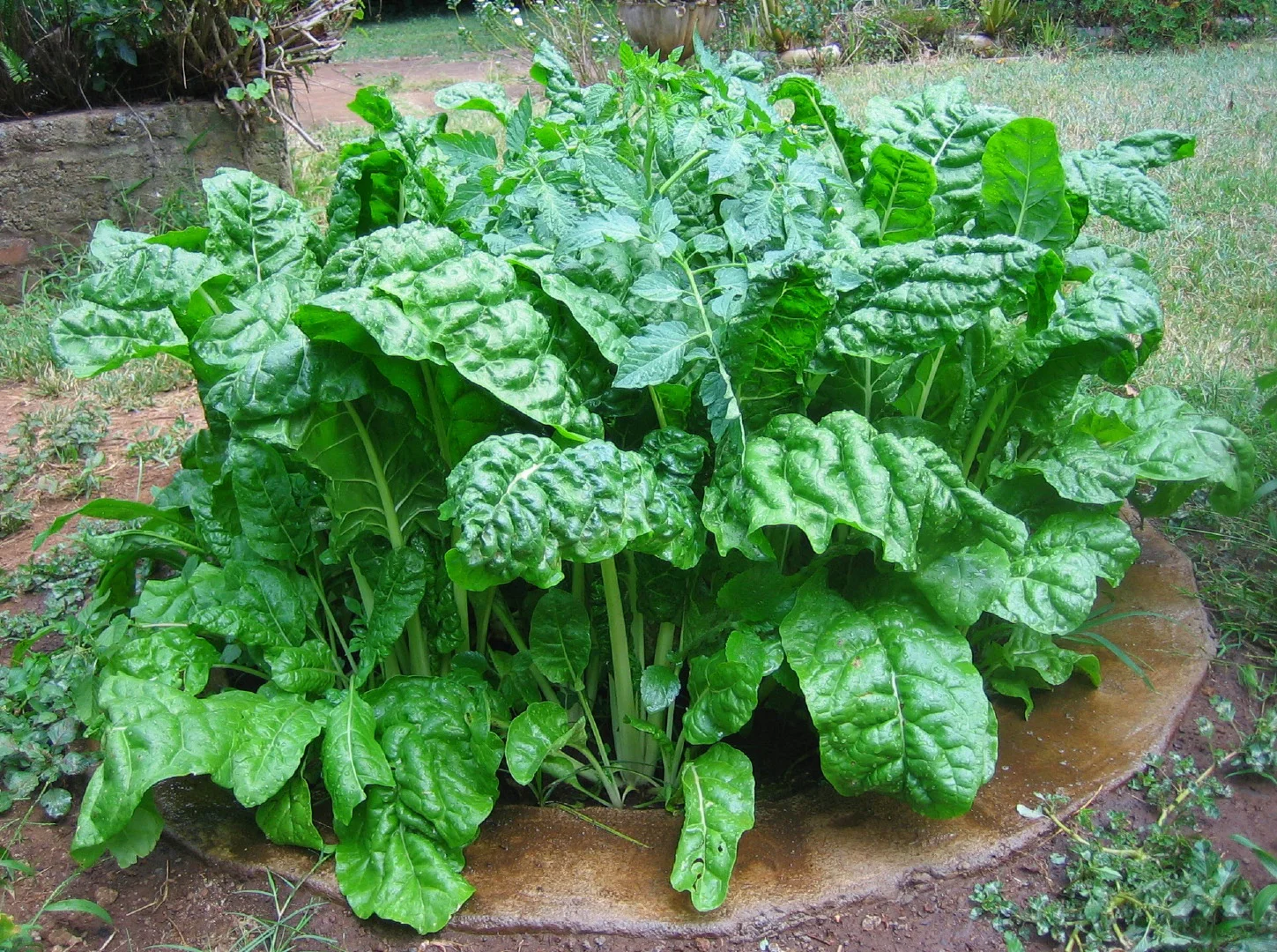Pathogens & Diseases
There are over 100 different varieties of viruses, bacteria, and helminthes in feces. Urine is sterile or almost sterile at time of elimination so urine will not be discussed in this section. Most bacteria have no negative effect, but others will cause severe pain or dysentery, and a few can lead to death if left untreated. Included in the dangerous pathogen category are Typhoid fever, Cholera, Hepatitis A, and a variety of worms (helminthes). In addition there are Rotavirus, Norwalk Agent virus, and numerous others that can cause respiratory distress. Other pathogens cause severe diarrhea. All come from feces that are untreated or have not been properly treated. Squatting on the ground to go to the bathroom outdoors is one of the main ways to spread disease-causing pathogens and helminthes
Viruses cannot multiply outside of a host, but they can survive for several weeks, depending on temperature, while waiting for a new host. The lower the temperature, the longer the survival time for viruses while waiting for the host. There are five virus groups that are of particular interest because they originate in untreated feces. They are adenoviruses, enteroviruses, hepatitis A, reoviruses, and rotaviruses. Of these we will only address the two feces-related viruses which are major health concerns: hepatitis A and rotavirus.
Humans have large numbers and types of bacteria in their intestines, including certain strains such as Escherichia coli (E. coli) or Salmonella. Some such as E. coli have beneficial uses in the colon while Salmonella has no benefits in the proper digestion of food but causes no ill effects as long as it stays in the colon. The concern is what happens when the bacteria leave the body in feces and are then ingested. The bacteria that we are most concerned with are E. coli, Salmonella, Shigella, and Vibrio. These are the bacteria that cause the main ill health effects in humans.
W o r m _ i n f e s t a t i o n _ o f _ t h e _ b o d y
The intent of this section is not to frighten you, but to help you understand the most common types of pathogens that can be found in feces, and the ramifications when safe handling/treatment of feces and personal hygiene are not used. I have presented here only a sampling, but there are numerous other pathogens that can also be transmitted to human feces. Though pathogens can have very negative effects on health they can also be easily destroyed. Heat and time are universal methods that kill all pathogens and helminthes, and the hotter the temperature, the less time is required to kill. Refer to Figure 2.1 for temperatures and time required to safely kill all pathogens.
Other methods can, and are used to kill, including chemicals such as chlorine, but chemicals are expensive and must be used consistently and in the correct proportions. In most developing countries, the cost can be prohibitive and it is difficult to consistently and adequately treat human waste or water. Chemicals can also have adverse affect on the surrounding environment and kill beneficial plants and animals. Heating solids (feces) to 70°C (160°F) will insure that all living organisms are killed. Lower temperatures can also be used for longer periods of time to achieve the same outcome. Refer again to Figure 2.1. One month at 45°C will have the same “kill effect” as 60°C for one hour. It has also been shown that fluctuating the temperatures from hot to cold appears to stress the organisms and cause quicker die-off at lower temperatures. After all living organisms are dead then the feces can be used as an effective safe fertilizer. It becomes a new product that is the most effective soil conditioner available. Since urine is sterile or almost sterile it is not subject to the same level of sterilization as feces.

